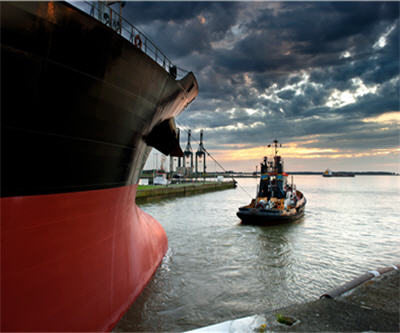
Towards the end of 2008, a fundamental shift was taking place in the iron ore trade as the industry moved from annual to quarterly contracts and a spot market started to emerge.
The spot market in iron ore and the launch of swaps in April 2009 brought with it another big change. Reference pricing published by Platts and others moved from FOB (free on board) to CFR (cost and freight).
The transformation from pricing at the point of shipping to pricing at the point of delivery in essence shifted freight and insurance costs onto miners and away from steelmakers.
Iron ore represents over 20% of the global dry bulk trade and China consumes just under 70% of the steelmaking raw material.
Despite Brazilian giant Vale’s introduction of 400,000 tonnes super-carriers Capesize vessels which can haul roughly 150,000–180,000 tonnes are the dominant vessels for the world’s 1.1 billion tonnes seaborne trade.
China’s imports of iron ore in August were 69 million tonnes, up 11% from a year earlier and within sight of July’s all time record of 73 million tonnes.
The surge in iron ore trade has translated into a massive boost for daily earnings for Capesizes.
The London-based Baltic Exchange tracks the cost of moving commodities along more than 50 routes around the world and according to its index daily rates for Capesizes have been on an incredible tear.
Capesize daily rates rose 16.6% to $25,426 on Monday, a 67% jump from the freight rates recorded at the end of August and a tripling since June.
Freight swaps anticipate daily rates for Capesizes, the biggest ore ships, Ltd. and the Baltic Exchange in London show. The contracts more than tripled since June.
The Shipping Tribune now reports that the freight swap market is indicating that daily rates will average $28,000 in the fourth quarter, another double digit gain from current levels:
Chinese investment in railroads, buildings and other infrastructure will rise 20 percent this year, creating demand for another 135 million tons of steel, according to Shanghai-based Citic Securities Co. That would require 200 million tons of iron ore, enough to fill 180 Capesizes, estimates Fearnley Consultants.
The benchmark CFR import price of 62% iron ore fines at China’s Tianjin was steady around $135 a tonne on Wednesday according to data provided by SteelIndex.
While $28,000 on a cargo worth more than $20 million may not seem that significant, it is worth remembering that Capesize rates topped out at an eye-watering $234,000 in June 2008.